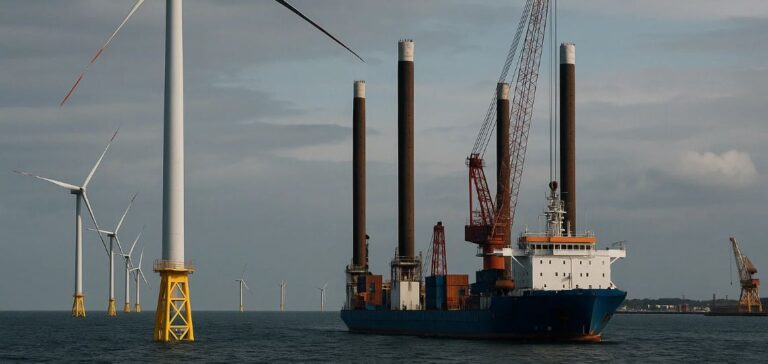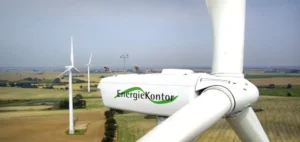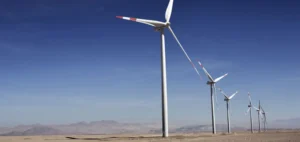The Connecticut Wind Collaborative (CWC) has released the first regional study on the offshore wind supply chain in the United States. The study, titled Connecticut Offshore Wind Supply Chain Assessment: Opportunities and Collaborative Efforts in the Northeast, highlights the growing importance of Connecticut businesses in this expanding industry. The report, conducted by Xodus Group in collaboration with The Pew Charitable Trusts, shows that more than 50 local companies are already involved in active offshore wind projects, while 450 other companies have strong potential to enter the sector.
Connecticut Businesses at the Heart of Offshore Wind
The assessment also reveals that more than 130 companies in the state possess relevant expertise or prior experience in offshore wind, enabling them to position themselves favourably to benefit from the industry’s growth. “This report confirms what we’ve seen for a long time: Connecticut businesses are essential links in the offshore wind supply chain, translating into business growth and job creation,” said Kristin Urbach, Executive Director of the Connecticut Wind Collaborative.
The State’s Strategic Investments
The report also emphasises the importance of strategic investments made by the state, particularly in port infrastructure, with a $310 million investment to upgrade the New London State Pier Terminal. This project allows Connecticut to position itself as a key hub for offshore wind projects on the East Coast of the United States.
The Economic Benefits for the Region
Governor Ned Lamont highlighted that the expansion of offshore wind represents a sustainable solution to increase domestic energy production and stimulate growth in manufacturing and construction sectors. “We need more energy production, and offshore wind must be allowed to scale up to increase domestic energy sources while fostering economic growth,” he added.





















